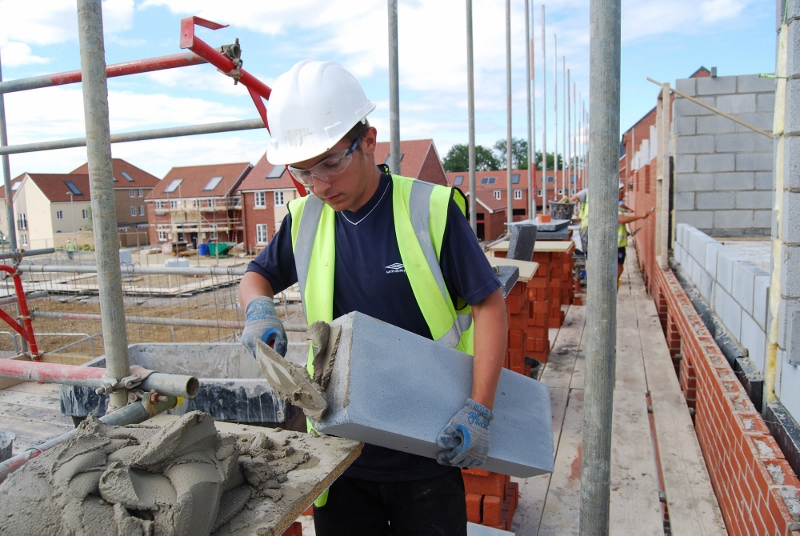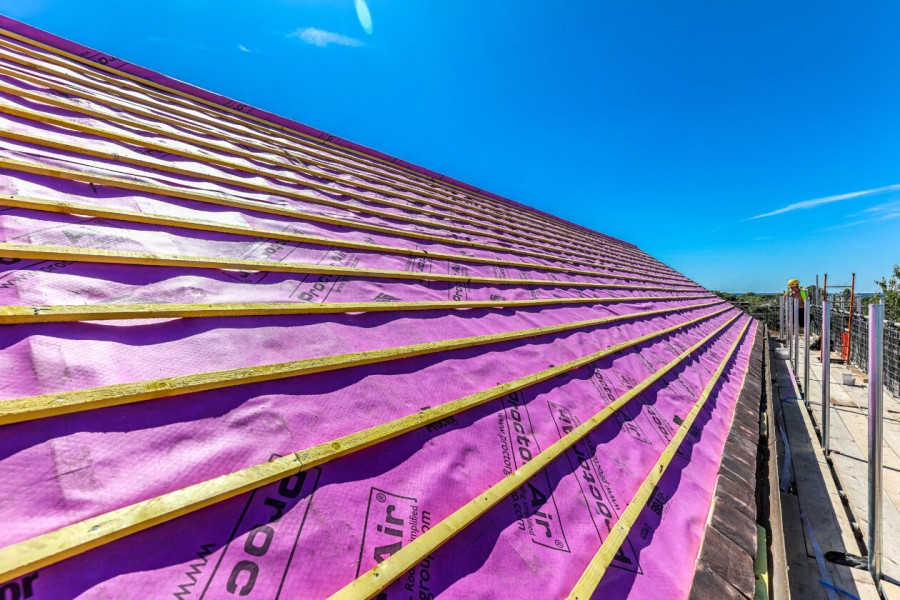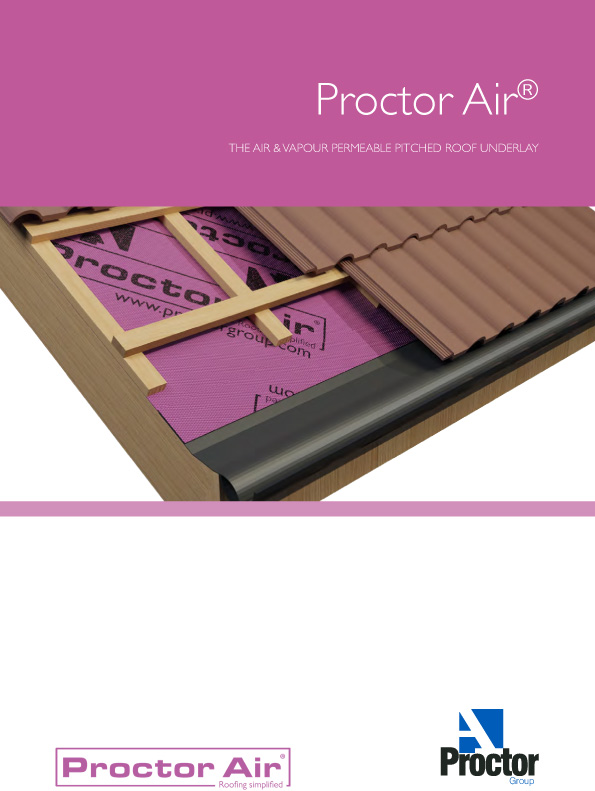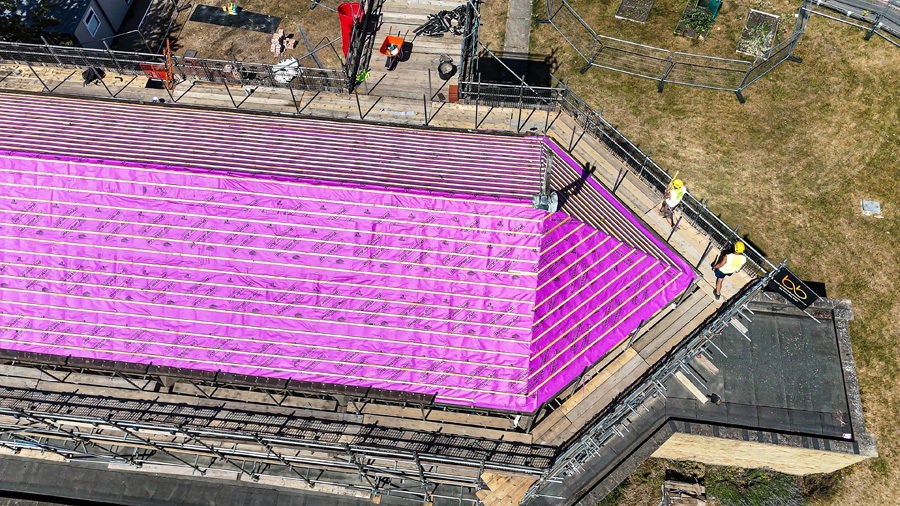The latest Housing Pipeline Report from the Home Builders Federation, based on data from Glenigan, shows that 2024 saw planning permission granted for the lowest number of new homes for a decade, on the fewest actual house buildings sites granted a permission since the reporting series started in 2006.
The report highlights the scale of the challenge faced by government and industry to increase supply and hit the housing targets set in the coming years.
In 2024, just 242,610 units received planning permission, the lowest total for any calendar year since 2014. This marks a 2% decrease from 2023 and a 26% drop from the 2019 peak, equating to a loss of over 85,000 annual approvals. To meet the Government's target of 370,000 new homes per year, planning approvals must rise by 53%.
The number of approved sites was at a record low, with only 9,776 projects given the green light—the smallest total since HBF began reporting in 2006. The rolling annual total of approved sites has now set new record lows for 11 consecutive quarters, underscoring the ongoing challenges facing the housing sector.
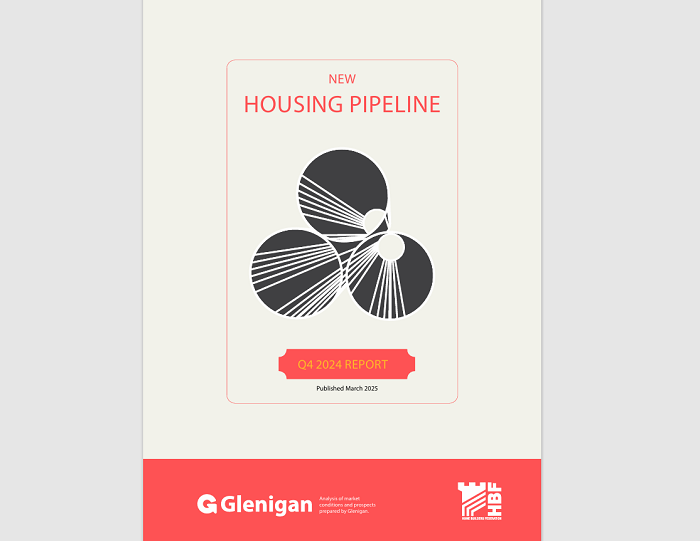
The numbers are largely a reflection of the previous government’s approach to housing policy, they also highlight the significant barriers that remain. Whilst the new government’s intent and swift action to address the failings in the planning system have been welcomed by industry, the constraints on house building are much broader than simply planning.
A lack of affordable mortgage lending is supressing demand, in particular from young people; and the inability of housing associations to take on the affordable housing provided as part of every planning permission is preventing companies from being able to invest in new sites. Additionally, the increasing number of taxes being levied on the homes being delivered is making development across swathes of the country unviable and making the operating environment, especially for SME builders unworkable.
Compounding the issue is an ongoing resource crisis in Local Planning Authorities (LPAs), which struggle to manage the volume of planning applications needed to meet housing demand, adding cost and delay to processing applications to the point where bricks can be laid.
While ambitious initiatives, such as building new towns and granting councils more power to purchase land, hold promise, their impact will not be felt in most cases for many years.
Neil Jefferson, Chief Executive of the HBF, said: “The latest planning figures show that housing supply in the short and medium terms is at critical crisis levels.
“Whilst we welcome the scale of the government’s housing ambition and the swift action on planning, the industry’s ability produce homes is being stifled by a range of issues outside of its control.
“Increasing housing delivery will require much more than just planning reform. Government has to address broader issues like financing for homebuyers and ensuring there are sufficient providers in the market to take on the affordable homes developers are building – and reduce the crippling levels of taxation being planned and imposed that are making development across swathes of the country unviable.
“In reality planning permissions and house building levels are falling and companies do not have the confidence to invest with SMEs in particular struggling and a growing number unable to continue to operate.
“The industry is keen to press the accelerator and play its part in delivering the homes, but we also need further government intervention is urgently needed to enable it to do so.”
Regionally, the data paints a similarly bleak picture, with most areas experiencing significant decreases compared to 2023. While the North West saw a 25% increase in planning approvals, areas like the East Midlands (-16%), London (-14%), and the West Midlands (-11%) saw steep declines.
Smaller decreases were observed in Yorkshire the Humber and the South East. On projects, the East Midlands experienced the largest decline, with approvals dropping by 17%, while only the North East saw a minor increase of 0.4%.
While social housing approvals have remained relatively stable, the continued decline in private housing approvals poses a significant barrier to meeting national housing goals.
Current constraints on developments;
- Builders can only build if buyers can buy and the lack of prospective buyers in the market, in particular young people due to the dearth of suitable and affordable mortgage finance is artificially suppressing demand. It is the first time in 60 years there is no effective government support for home ownership and the suppressed level of demand reduces the industry’s ability to invest.
- Similarly, there is currently a lack of Housing Associations in the market to take on the affordable housing provided by housebuilders as part of the planning permission. This is increasingly preventing developments from taking place at all, or stalling them, so reducing the supply of both affordable and private housing.
- The tax burden on new homes continues to grow to the point that the array of new and proposed taxes is making development across large parts of the country unviable. Environmental taxes and the forthcoming Building Safety Levy, which will add between £3k and £5k to every new home built – allied to the contributions already extracted for affordable housing, local infrastructure, and amenities mean that development finance models do not add up.
- Local authority planning departments do not have sufficient capacity to process applications efficiently. This means that the time taken from when an ‘outline’ permission is granted to when construction work can start can take years. This adds huge expense to the process.
- We still await an implementable solution to the unnecessary ban on developments across 74 local authority areas as a result of high nutrient levels in rivers – towards which new homes are a negligible contributor – that is holding up around 160,000 new homes.








